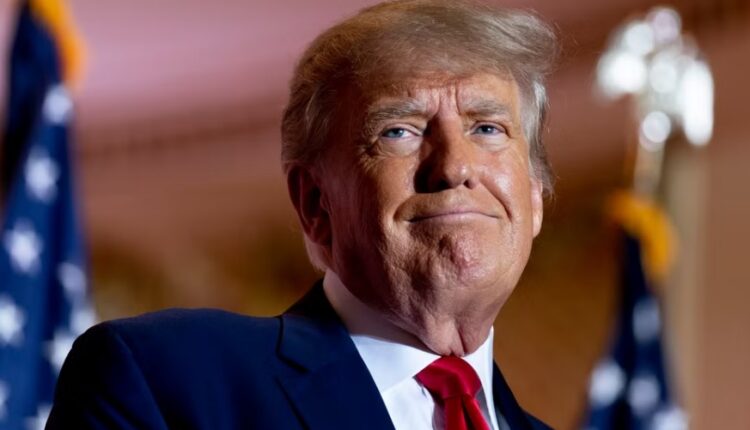
Donald Trump: China Trying To Displace The U.S. Dollar As The World’s Reserve Currency
In a new message posted on Truth Social, Donald Trump said that China is actively attempt to supplant the U.S. dollar as the world’s reserve currency. While the revelation is hardly surprising, it is the latest dig at a reserve currency whose undisputed perch is looking frayed in recent times.
A reserve currency is one that is held in significant quantities by governments, central banks, and other financial institutions around the world, and most widely held in reserves. The importance lies in its role as a medium of exchange for international trade and store of value for global financial reserves. It allows countries to conduct trade and financial transactions with each other without having to exchange their own currencies directly, which can be costly and difficult to manage.
Having the world’s reserve currency also gives the issuing country significant influence over the global financial system, including the ability to use its currency as a tool for diplomacy and economic policy. It can also help to bolster confidence in the country’s economy and financial stability.
Trump’s comments come a day following an exceeding bearish outlook on USD, where the former president says the collapse of the U.S. dollar will be the greatest defeat in 200 years.
Up until now, one of the main reasons for USD’s dominance was the vacuum in alternative reserve currency options in a unipolar world. But with the public debt rising fast, surging budget deficits and foreign countries increasingly abandon the currency, fiat power dynamics are changing fast.
While it remains to be seen if Trump’s prediction comes true, it’s equally unclear whether China is ready to compete with USD.
China’s debt problem is a significant concern as the country’s debt levels have been rising rapidly in recent years. China’s total debt, including government, corporate, and household debt, has more than doubled since 2008, reaching approximately 280% of its GDP in 2021, according to estimates from the Institute of International Finance. As a matter of reference, United States is still only 131%.
One of the primary drivers of China’s debt problem is the government’s massive stimulus programs aimed at boosting economic growth. These programs have led to a surge in borrowing by state-owned enterprises and local governments, which have used the funds to finance large infrastructure projects, such as roads, railways, and airports.
By publishing time, U.S. Dollar Index (DXY) is down 0.48% this week, and 1.44% YTD, despite an aggressive rate hiking program by the Federal Reserve.



